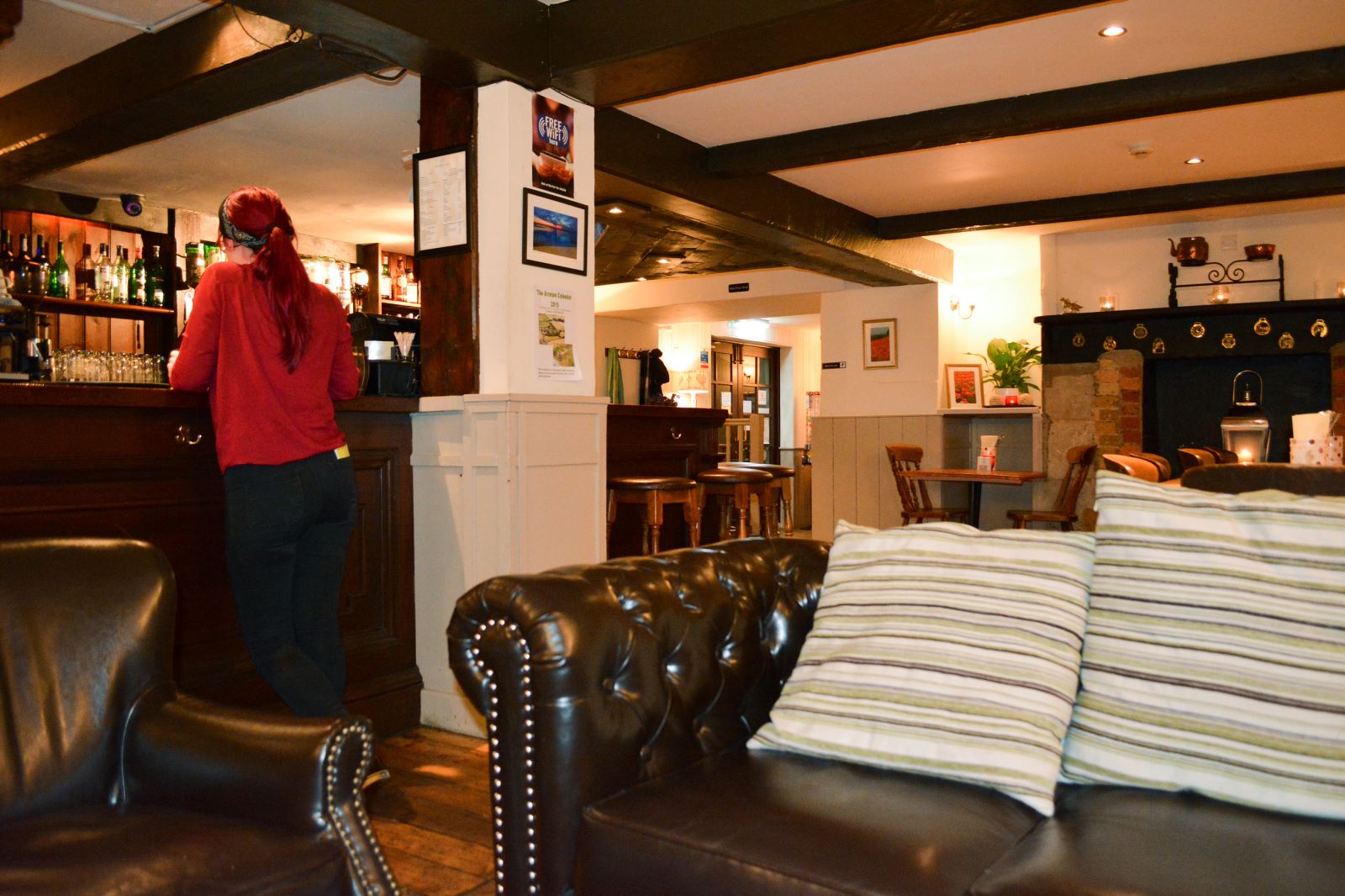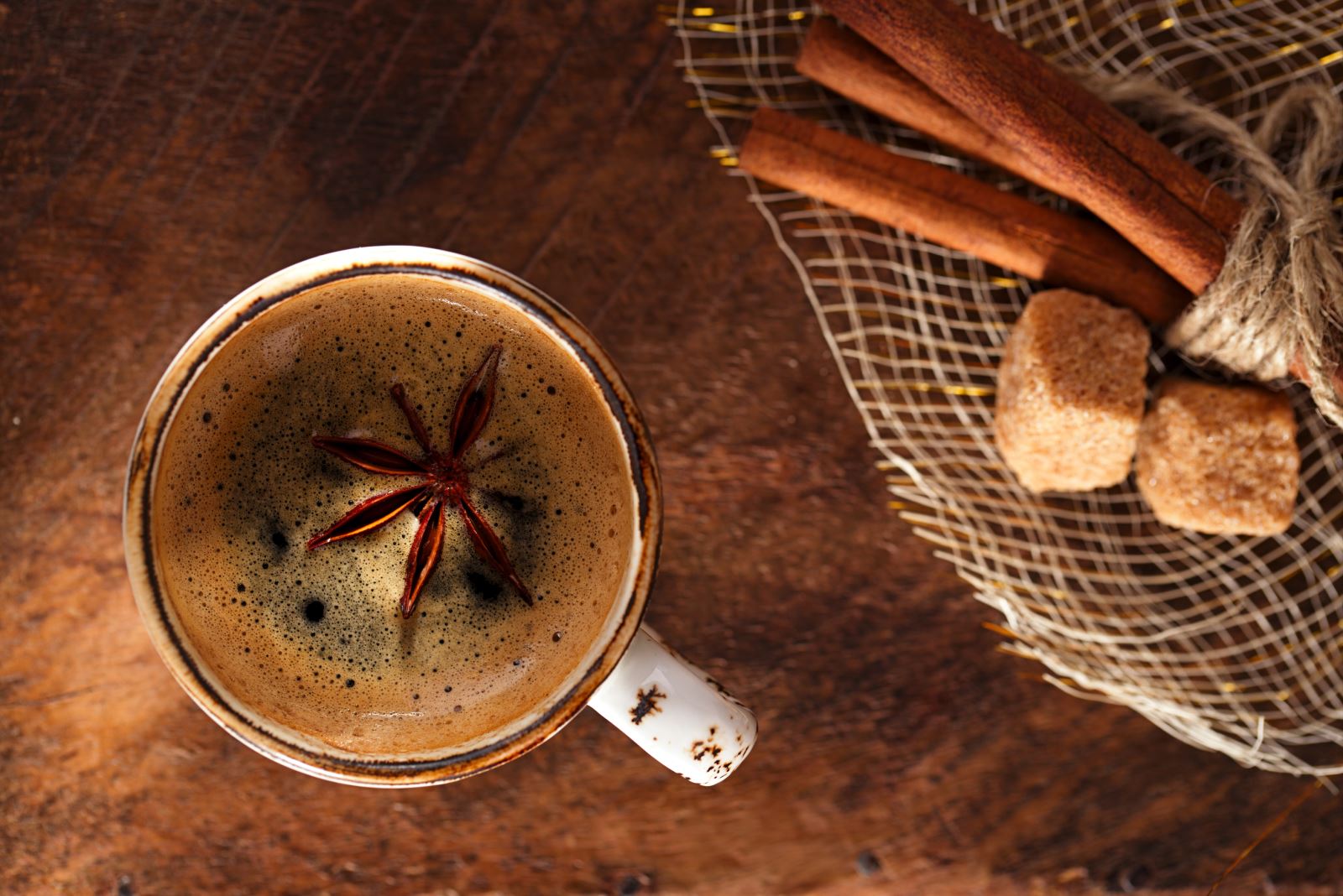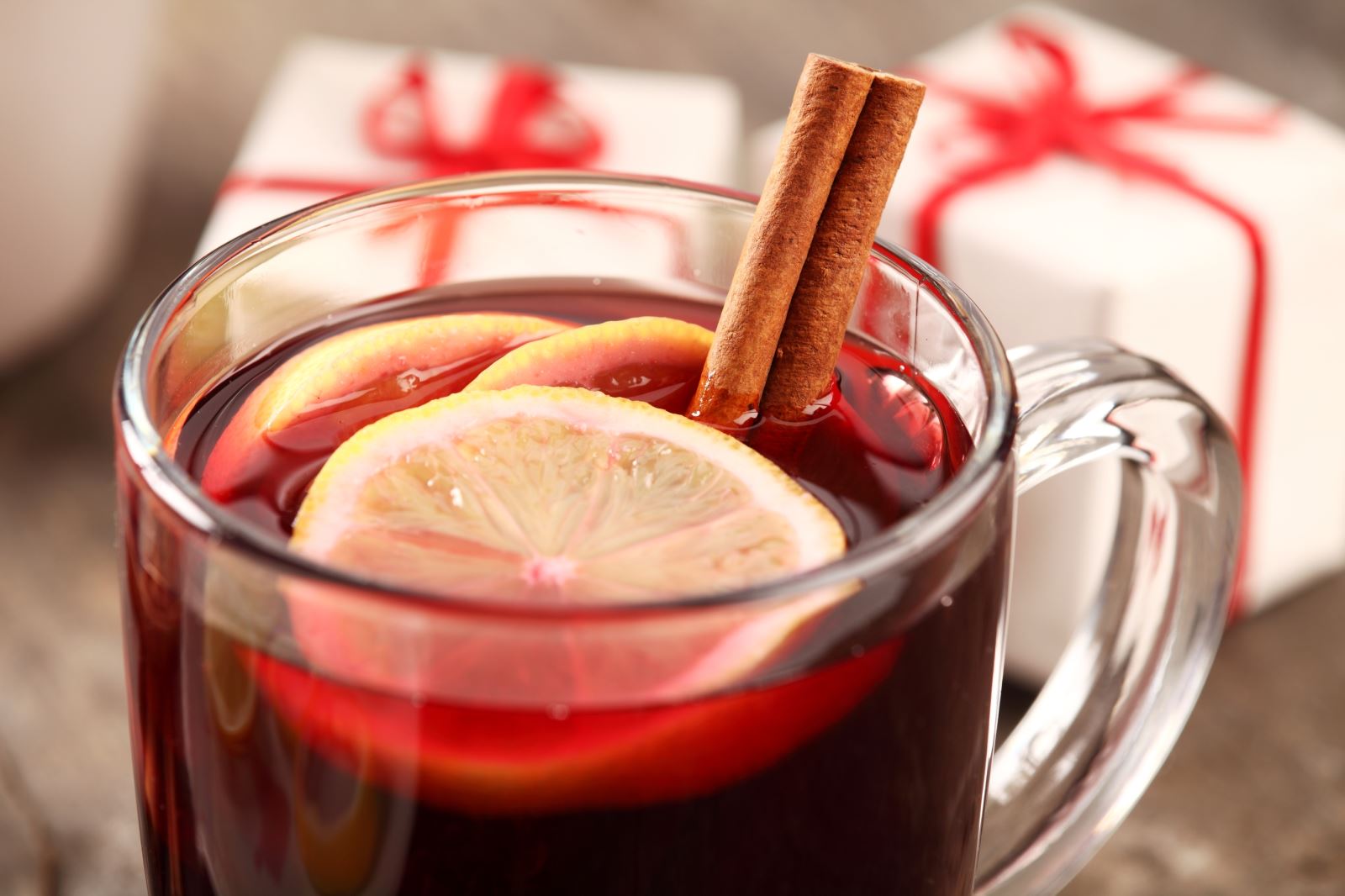Is there anything more dispiriting than seeing Christmas decorations that have been put up too early? The sight of tinsel dangling from a shop ceiling or Santa riding his sleigh across a pub chimney breast in the middle of October is guaranteed to get customers grumbling. So, if you run a pub, café or restaurant and are wondering when to start getting ready for the festive season, the answer is: not too soon.

Thinking about Autumn and Christmas
It is, however, not too soon to start thinking about Christmas. And with the onset of autumn, now is a good time to start thinking not just about Christmas, but about the months leading up to it. The darker evenings and colder weather are an opportunity to offer customers a warm, cosy retreat from the dull greyness of the British winter.
the Danish concept of “hygge”
Over the past couple of years we’ve heard a great deal about the Danish concept of “hygge” (pronounced “hue-guh”, it translates roughly as “homeliness”), and this is a trend that looks set to last for a while yet. Which means one thing more than any other: candles. (Danes burn more candlewax per person than any other country in the word.) There’s something special about candlelight: it adds glowing warmth to an interior. Big, boldly coloured candles in simple glass containers on tabletops, counters and shelves are an easy way to create instant hygge, while their fragrances can add spice.

Remember, too, that fairylights these days are not just for Christmas, but the whole year round; trailed around door frames, bars, counters, across walls or even strung from the ceiling, they create sparkle and a sense of occasion. If you have an outside area with patio heaters, fairylights strung around walls, tables and umbrellas can create a twinkling grotto-like effect.
So, perhaps this year, rather than putting up your Christmas decorations overnight, you could make it a gradual process, beginning with candles and fairylights as the evenings grow darker, then adding festive table centrepieces (for restaurants) as the Christmas season begins, then decorative touches such as pine cones and baubles in glass containers, the decorations themselves, and of course the tree.

Preparing for Halloween
But there’s plenty to think about before Christmas arrives. Remember that Halloween is now Britain’s second biggest “party night” after New Year’s Eve. These days Halloween runs into Guy Fawkes Night, and often incorporates elements from Mexico’s Day of the Dead festival, to create a week or more of fireworks, bonfires, effigies and spooks.

Restaurants can attract extra customers with special menus, drinks and themed evenings. Meanwhile the Indian festival of Diwali also falls in the autumn (this year it’s on October 19), with lights and fireworks celebrating the victory of light over darkness, good over evil. October and early November are good times for people who like fireworks (though they’re not so good for noise-sensitive pets).
Spicing up drink menus
If you run a café or a pub, this is a good time of year to spice up your drinks menus – literally. The big high-street café chains such as Starbucks offer spiced hot drinks including gingerbread latte. Independent cafés can follow suit by offering a dash of spiced winter syrup with hot drinks. (Also: oat milk is becoming an increasingly popular alternative to regular milk and soya milk.) Pubs meanwhile can join a hot new trend that follows on from the rise of craft beers: craft spirits.
Small distillers are now creating their own unique gins and vodkas. If there is a craft distillery near to your pub, it would be a nice touch to be able to offer your customers the choice of a local gin or vodka, perhaps in a seasonal special offer. (You can find a local distillery here at the Hot Craft Spirits website.) Mulled wine is also a perennial favourite, and it’s not hard to make your own, rather than buying in a ready-made product.
The smell of gently warming mulled wine is a welcoming aroma. Remember, too, that todaation are an abstemious bunch; alcohol is something that they can take or leave, so be sure to offer suitably seasonal non-alcoholic drinks. The Virgin Bloody Mary is popular, and its deep red colour makes it a seasonal favourite.

Restaurant and Christmas menus
Restaurants, meanwhile, will need to start thinking now about their winter and Christmas menus. So what are the food trends this year? There is certainly life yet in the “slow food” movement – the idea that food should be local where possible, sustainable and cooked with honesty and integrity (in short, it’s the opposite of “fast food”). If this proves challenging in a business where customer turnover is a key part of your business plan, there are other ways you can stay “on trend”.
Grilled vegetables such as cauliflower are currently hot; indeed, food that places vegetables at the centre rather than on the side is becoming increasingly popular. (The current vogue among trendsetting consumers for camel milk, though, looks likely to be passing fad.)
Catering for vegetarians
There is also a move towards vegetable-based foods that imitate meat – “plant burgers”, for instance. And in Hackney, east London, Temple of Seitan, which opened earlier this year, claims to be Britain’s first “vegan fried chicken shop”, serving a chicken substitute made from wheat gluten.
These products are worth bearing in mind when restaurants are planning Christmas menus. Meat remains popular among many diners, but customers are becoming more discerning: they want their beef aged, their pork from rare breeds, their chicken free range and corn-fed, their turkey “heritage” breed. Oh, and sourdough bread is more popular than ever.
Making the most of Christmas trends
When Christmas finally comes around, what are the key design trends for the coming festive season? Scrolling around the internet in search of seasonal design trends brings up mysterious concepts such as “Bloomsbury” and “Indulgent”, but more practical suggestions can be gleaned from the Pinterest website – a free and almost unlimited source of imaginative, creative ideas. There is something of a current trend for British woodland animals in interior design – on cushions, throws, blankets, tiles, etc – and a scattering of these items will add a dash of rural winter to your interior.
This is the time of year when people want to retreat to the warm welcome of a pub or café, so if you can offer a scattering of armchairs or a deep sofa in your café or pub, with rugs and cushions, this will encourage customers to linger.
These can be confusing times for anyone in the hospitality trade. Mealtimes are becoming blurred. Brunch is the new lunch. Young people seem to have stopped drinking alcohol. Pubs serve coffee. Interior design seems to be a question of “If it feels good, do it”. Vegetables are made to look like meat.
Authenticity
But if there is one theme that overrides everything else, it is this: authenticity. Customers want a “real” experience. They want to know the story behind their food. They want to eat or drink in surroundings that are unique, individual. They want to see their coffee being roasted, their beer being brewed in a microbrewery. And when it comes to Christmas, they don’t want the same old stuff trotted out year after year: tatty tinsel, Slade belting out “Merry Christmas Everybody”.
So, this Christmas, keep it real. Don’t overdo the decorations. Hold back on the tinsel. (But don’t hold back on the candles.) And don’t start putting up the decorations, or the tree, until it really feels like Christmas. Your customers will thank you for it.